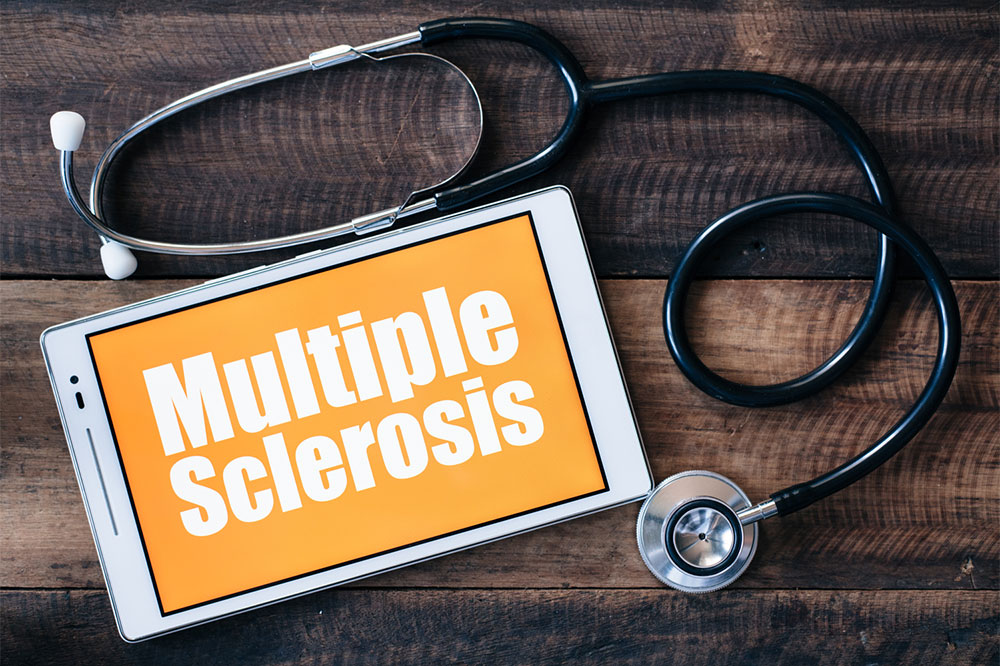5 common treatments for multiple sclerosis

Multiple sclerosis or MS is a debilitating disorder where the body’s nervous system gets affected. Since the condition’s progression and symptoms differ from person to person, the treatments also differ. MS is not curable. However, the following treatments are geared towards slowing down the disease and alleviating the symptoms.
Physical therapy
Since multiple sclerosis causes mobility issues as the disease progresses, strengthening and stretching exercises are recommended. A physiotherapist demonstrates how to use various devices to assist in mobility and perform daily tasks.
Muscle relaxants
One of the most common symptoms of multiple sclerosis, especially during flare-ups, is muscle spasms or stiffness. The spasms are often painful and uncontrollable and usually occur in the legs. Doctors recommend muscle relaxants to relieve these symptoms and alleviate the pain and discomfort. Baclofen and tizanidine are among the most popular drugs used for this purpose.
Plasma exchange
In plasma exchange, the liquid portion of the patient’s blood (plasma) is removed and separated from the blood cells. The blood cells are then mixed with a protein solution (albumin) and injected back into the body. This method may be used if the symptoms are new, severe, or do not respond to steroids.
Corticosteroids
These medications are to be taken under medical supervision. Corticosteroids help manage the various symptoms of multiple sclerosis and provide relief from the pain and discomfort. They also help manage nerve inflammation, a common problem related to the disease. However, these medications often have side effects such as insomnia, increased blood pressure, increased blood glucose levels, mood swings, and fluid retention.
Stem cells therapy
Neural damage is a common problem in most multiple sclerosis patients. In such cases, stem cell therapy may be used for treatment. The therapy can help repair the central nervous system, which sustains the most damage due to the disorder. Research is still being conducted regarding the effectiveness of this treatment.

